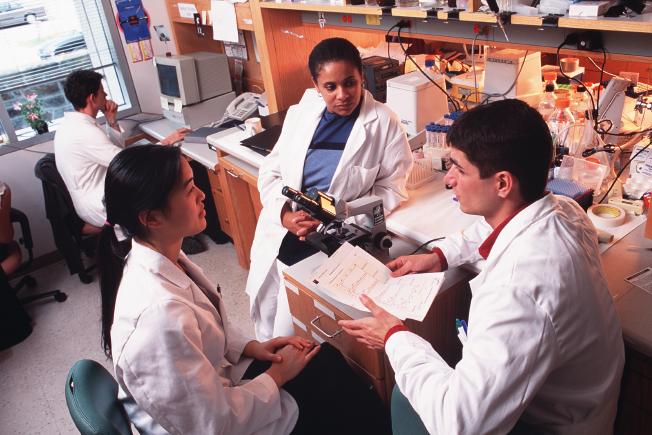An Experiment for Credit Unions

By. Miriam Limon, AEA Federal Credit Union
My eight year old daughter is preparing for her first science fair. As I watch her work on her project, it occurs to me that this process is preparing her for her future, in school and beyond. She is learning how to organize and complete a project in the most basic and effective way: problem, research, hypothesis, observation/results, and conclusion. These are the basic elements of any credit union project.
Identifying a problem is the first step. What services do members in our community need? What can we do to increase deposits? What can we do to increase online loan applications? You may have heard these questions asked before or even asked them yourself.
Researching your problem is very important. This step is what decides which direction you will go. If the research is weak, the conclusion will be weak. Take time to research, there is an abundance of information available. Use everything you can – member data, demographics, co-workers, focus groups, and Google, always Google! Connecting with other credit unions is a great research tool. Chances are, one of your credit union peers has been through a similar problem. Identifying your team is a good research step. How will front line staff be impacted? What will be required of training? Will marketing need to be involved?
Now, it is time to make your hypothesis. This is your answer to the problem based on the research. Be sure to share your hypothesis with your team before you start experimenting. They will see things that you may have overlooked. Being involved throughout the process will also help keep them accountable for their contribution. Have you ever been called into a project midway through? Did that affect how and what you contributed?
Let’s start the experiment! This portion of the process is what you’ve been working toward. Be sure to track and observe your results often. If your project is to increase new checking accounts, let your team know how close or far they are to the goal. You may find that some
variables of your experiment are not working as well as others. Identifying those variables will help you in your next project.
What did you learn from your project? Did you reach your goal? What worked and what didn’t? Was the research strong enough? Consider these questions once your project is completed. Doing a final analysis can help you with future efforts.
Our science fair days might be behind us, but the lessons we learned from them can still help us. I encourage all of you to test this method out on your next credit union project. My hypothesis is that it will work!

